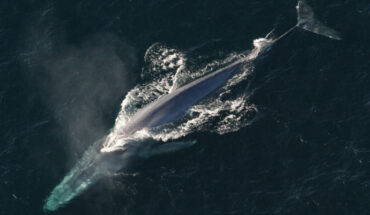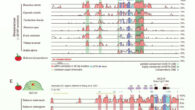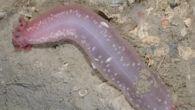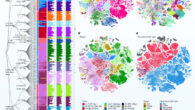An international team of scientists has produced a reference-quality, long-read-based genome assembly for the blue whale (Balaenoptera musculus). The blue whale (Balaenoptera musculus). Image credit: NOAA. The blue whale is one of the largest animals to have ever existed — an adult can reach up to 33 m (110 feet) and weigh 150 metric tons. Genomic studies of giant animals are of interest to several subfields of biomedical science. Understanding...




















